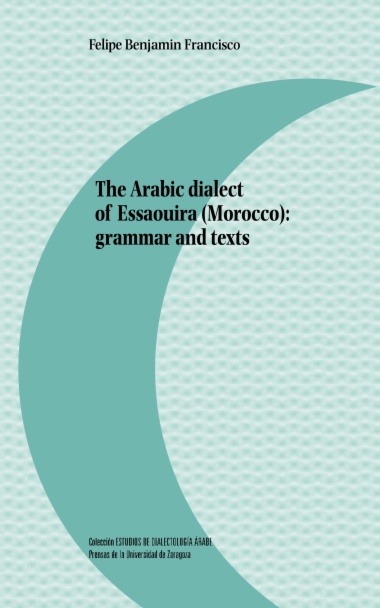This study presents, for the first time, a comprehensive descriptive study of the Arabic dialect spoken in the city of Essaouira (Mogador), including updated data on its Muslim and Jewish varieties. The Muslim variety of the local Arabic had been ignored for more than a century since dialectologists believed that the city's population was mostly ethnically Amazigh speaking, what this study proved to be a misconception. The book also contains data on the rural dialect of the Chiadma territory, precisely the city of Aquermoud in the surroundings of Essaouira – never described before. New oral texts by some of the remaining Jewish speakers in the city and in the diaspora are also included.

